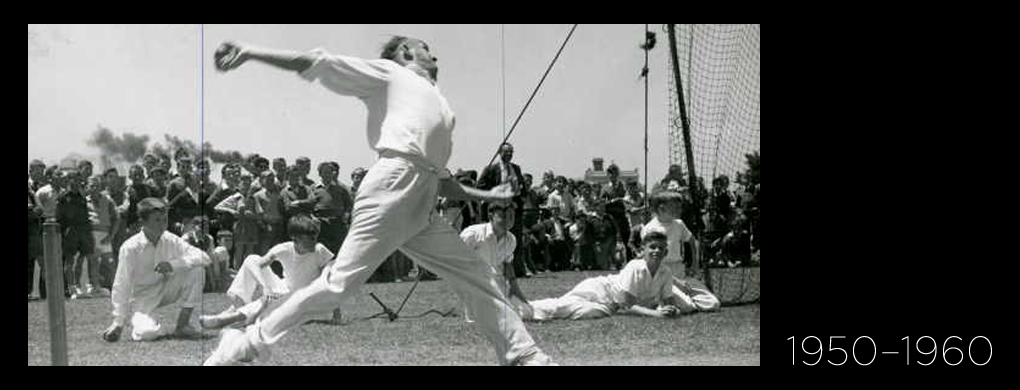The Rise of Vocational Education and Training - 1950s

During the 1950s there was a sustained and significant growth in technical education but despite the appeals for more funding, conditions were uneven across the states.
To rectify imbalances in education resourcing, the Commonwealth started to take on an increased role although initially, it was Universities and Colleges of Advanced Education, which attracted the Commonwealth’s attention.
Shortages of teachers and inadequate facilities
There was a shortage of teachers in Victoria overall, and because of population growth (including immigration), there was discussion of re-employing retired teachers as ‘special auxiliaries’. There was also consideration given to employing 1100 married women, something quite remarkable for the time as single women employed in the public service were required to resign their positions (including teaching) when they married, a policy not rescinded until the 1970s. There was talk of offering bursaries to attract more people to teaching. It was also felt that technical schools should cooperate more closely with high schools in order to ‘break down barriers between the two’.
The new Victorian Minister for Education, Mr Inchbold, announced plans that would see a technical school available in every major centre in Victoria. This was to accommodate increasing demand from qualified students currently unable to be accepted because of overcrowding. The issue of lack of space was also to be addressed by the importation of pre-fabricated classrooms from England. Initially, technical students would need to be accommodated in high schools until facilities became available to move them to their own schools.
The Argus reported in1953 that 14,000 students were attending technical schools compared to 41,000 at high school, i.e. more than 25% of students were in technical schools. Many would argue technical schools did not receive the same proportion in funding despite perhaps the greater expense of resourcing a technical training and education facility.
Labor delegates ‘should kick the Cain Government into action’ and make it tackle the education problem properly’ said a technical school teacher of the time (J Rogers, Camberwell, 1953); ‘conditions in our schools are already acutely cramped and getting worse...it’s about time the Minister woke up to the facts. The crisis is already here.’
In 1952 came the first national enquiry into apprenticeships in Australia. Significant outcomes included: the reduction of apprenticeship periods from seven to four years; an extension of block-release to attend off-the-job training at technical schools (usually one day a week for three years); the eventual disappearance of fully ‘on-the-job’ training, at least until the late 1990s when it reappeared under a new guise of accredited workplaces providing competency-based training regularly assessed by official visiting workplace assessors. By 1954 there were up to 70,000 apprentices nationally.
The Colombo Plan was initiated in 1951 to encourage overseas students to come to Australia to study. By 1968 close to 9,400 students from Africa, SE Asia, the Pacific, and India, had studied at Australian universities and colleges.
Up to 1954, there were 35 technical schools in Victoria, divided broadly into two types: those teaching diploma level courses and apprentices; those teaching apprentices and having junior school classes. Very few schools offered both types of teaching. Collingwood tried hard to be classed as a comprehensive technical school catering to both types of teaching. The School Council persistently tried to be reclassified as a Technical ‘College’ but this did not eventuate until 1970 following the advent of middle-level engineering trades and other upper level courses.